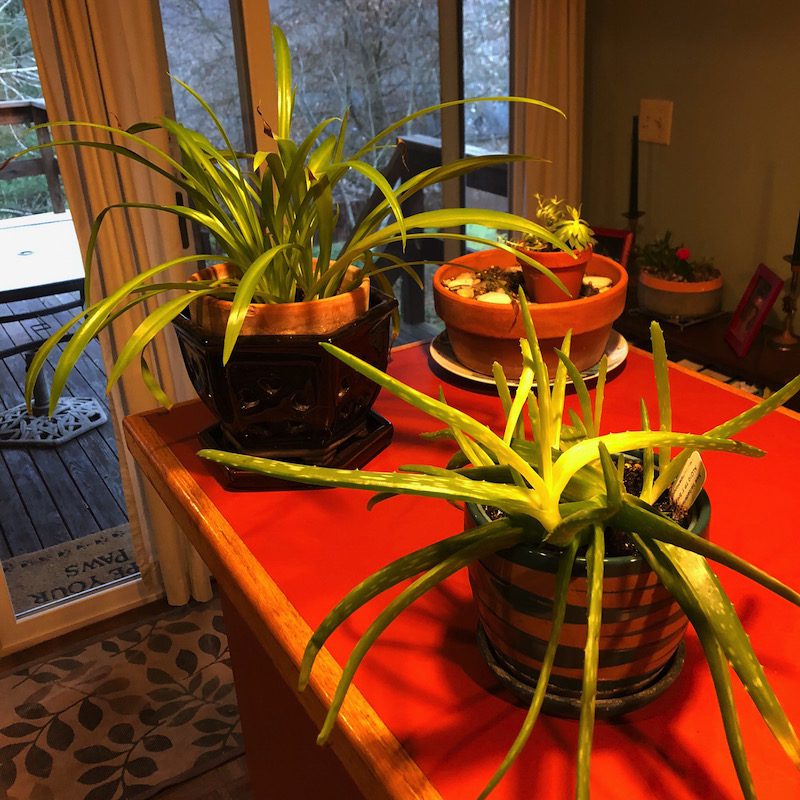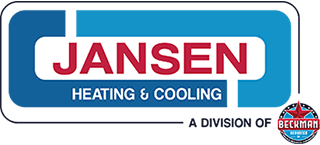How to Combat the Impact of Pollen and Poor Air Quality on Your AC

Cincinnati often suffers from high summer ozone and particulate matter pollution. In fact, the American Lung Association ranks our metro area in the top 25 for particle pollution!
Add to that our high spring and fall pollen levels, and it is no wonder Cincinnati’s air quality often negatively affects air conditioners’ performance and efficiency, not to mention our indoor air quality.
How pollen and poor air quality affect ACs in Cincinnati
Clogged air filters
High pollen counts lead to faster air filter buildup. Dirty home air filters restrict airflow and makes your air conditioner work harder. That’s why it’s so important to change your air filter every 1-3 months, or more often if you have pets or people living in the house with allergies. It can be necessary to change the filter more often during high-pollen times.
Reduced cooling efficiency
Dust and allergens clog the AC’s evaporator coil, reducing heat exchange efficiency. When the outdoor air quality is subpar, you may need to clean the evaporator coil more often.
Poor indoor air quality
If the outside air is particularly polluted, allergies and respiratory issues can get triggered. See below for suggestions to mitigate poor indoor air quality.
Blocked condenser coils
Outdoor pollen and debris accumulate on the AC condenser unit, reducing cooling performance. More frequent cleaning can be needed during the spring and fall.
What you can do
Upgrading to high-quality air filters, removing pollen buildup from your outdoor AC unit, sealing and dehumidifying your home, installing an air purifier or UV light system, and getting regular AC repairs and service can all help.
Use high-quality air filters
- Upgrade to HEPA or MERV 11-13 filters to trap smaller pollen particles during high-pollen times of the year.
- Change your filters every 30-60 days (or more often in peak allergy seasons).
Keep the outdoor AC unit clean
- Hose down the condenser coils every 1-2 months.
- Trim back plants and debris (you need a two-foot clearance all around the condenser unit) to ensure proper airflow.
Seal and dehumidify your home
- Keep your windows and doors closed during peak pollen times.
- Use a dehumidifier to maintain your indoor humidity below 50%, which helps reduce airborne allergens.
Install an air purifier or UV light system
- Whole-house air purifiers remove fine particles from circulating air.
A whole-house air purification system integrates with your existing HVAC system to clean the air as it circulates throughout the home. Unlike portable air purifiers, which only filter air in specific rooms, HVAC air purifiers provide comprehensive air quality control throughout the entire house.
HVAC air purification systems remove pollutants, allergens and dust, which can not only improve indoor air quality but also extend the lifespan of your HVAC unit and improve energy efficiency by preventing dirt buildup in the system.
- UV germicidal lights inside the HVAC system prevent mold and allergen buildup on the coils.
The indoor coil and its drain pan can be a favorite hangout for mold and bacteria. Growth of these organisms can affect efficiency and reduce airflow. They can even become airborne.
UV lamps are designed to kill the mold and bacteria to help keep your system efficient and clean air flowing.
Fix duct leaks
With sealed ducts, you will not draw in polluted outdoor air.
Schedule regular HVAC maintenance
Have a professional AC contractor like Jansen Heating & Cooling clean your coils, ducts and blower fan annually. It can be hard to remember to make that call every spring (and fall for your furnace), but if you join our Maintenance Club, you will get a reminder. Joining the club comes with other perks, like discounts and preferred appointments.
